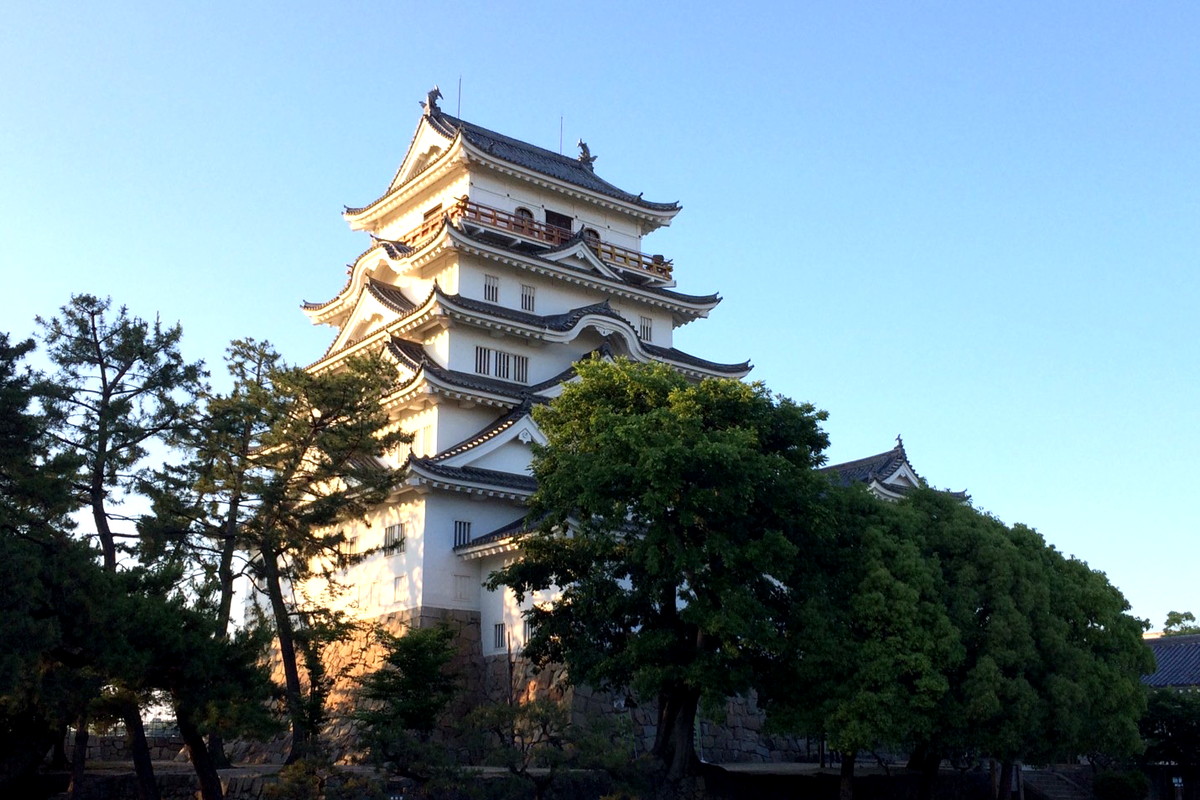
Fukuyama City, located in eastern Hiroshima Prefecture, is a core city with a population of approximately 460,000.
It has long developed as a "manufacturing town" and has been particularly well-known as a producer of textiles and dyed goods.
A symbol of this is Bingo Kasuri, a traditional industry that has continued since the Edo period.
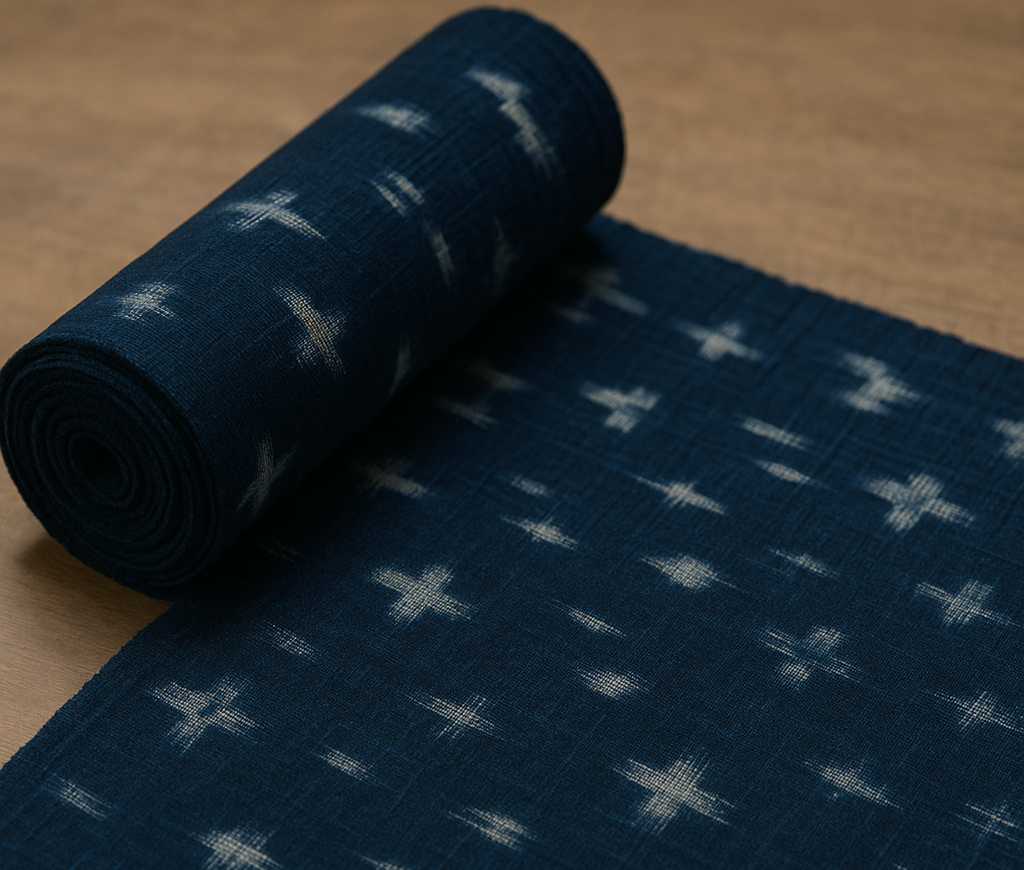
It is characterized by its deep, beautiful indigo color, which is achieved using natural indigo, and its unique faded pattern, and has been used primarily as workwear for agricultural work.
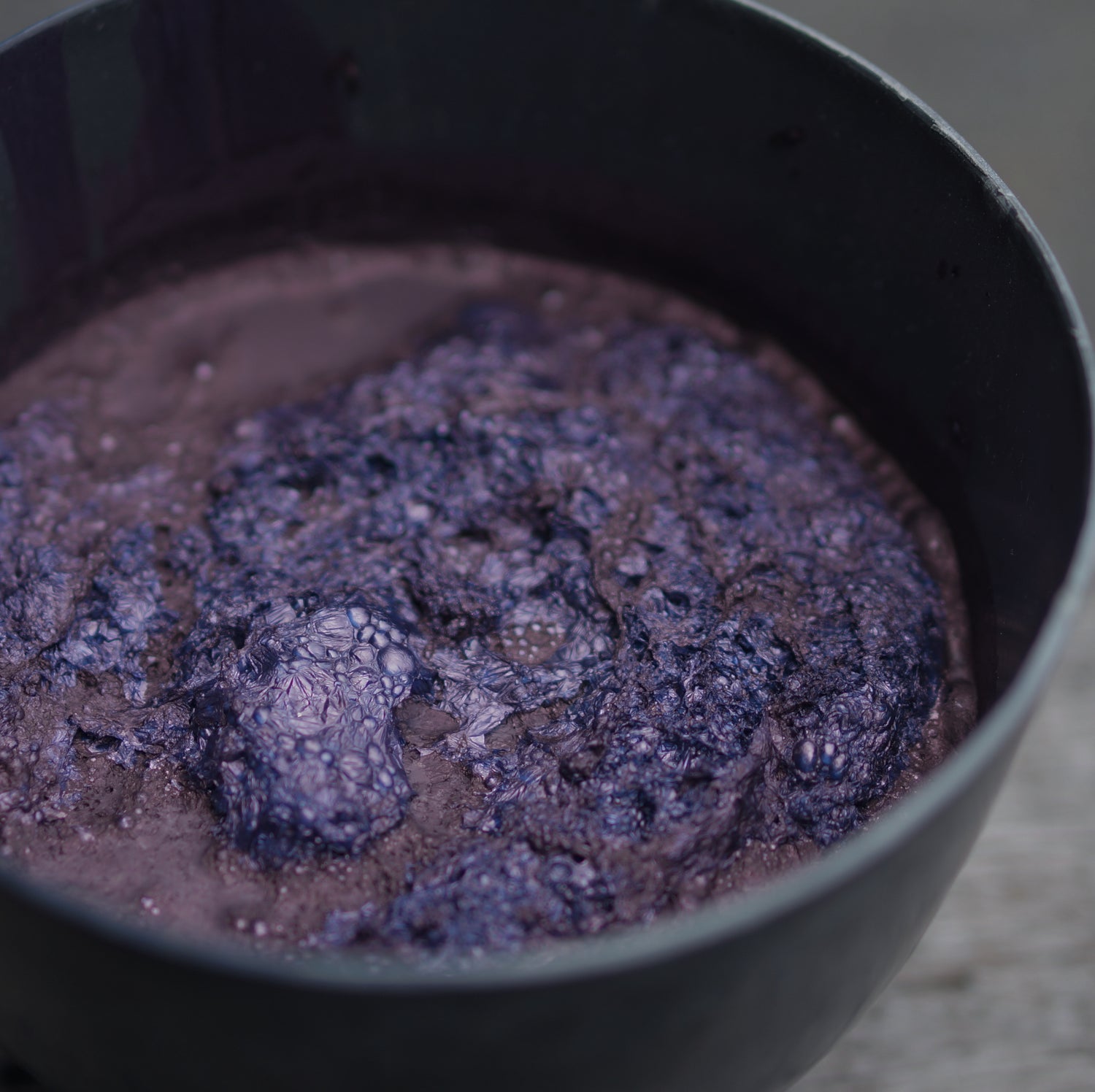
Indigo has not only been an integral part of Japanese life, but it is also the root of the "color of denim" that is now loved all over the world.
Bingo indigo dyeing once had a strong presence as a "color that connects the world."
At its peak, it became a huge industry that wove 3 million bolts (1 bolt = approximately 11 meters) per year.
It has become a driving force behind Fukuyama City's economy and development, enriching the lives of local people.
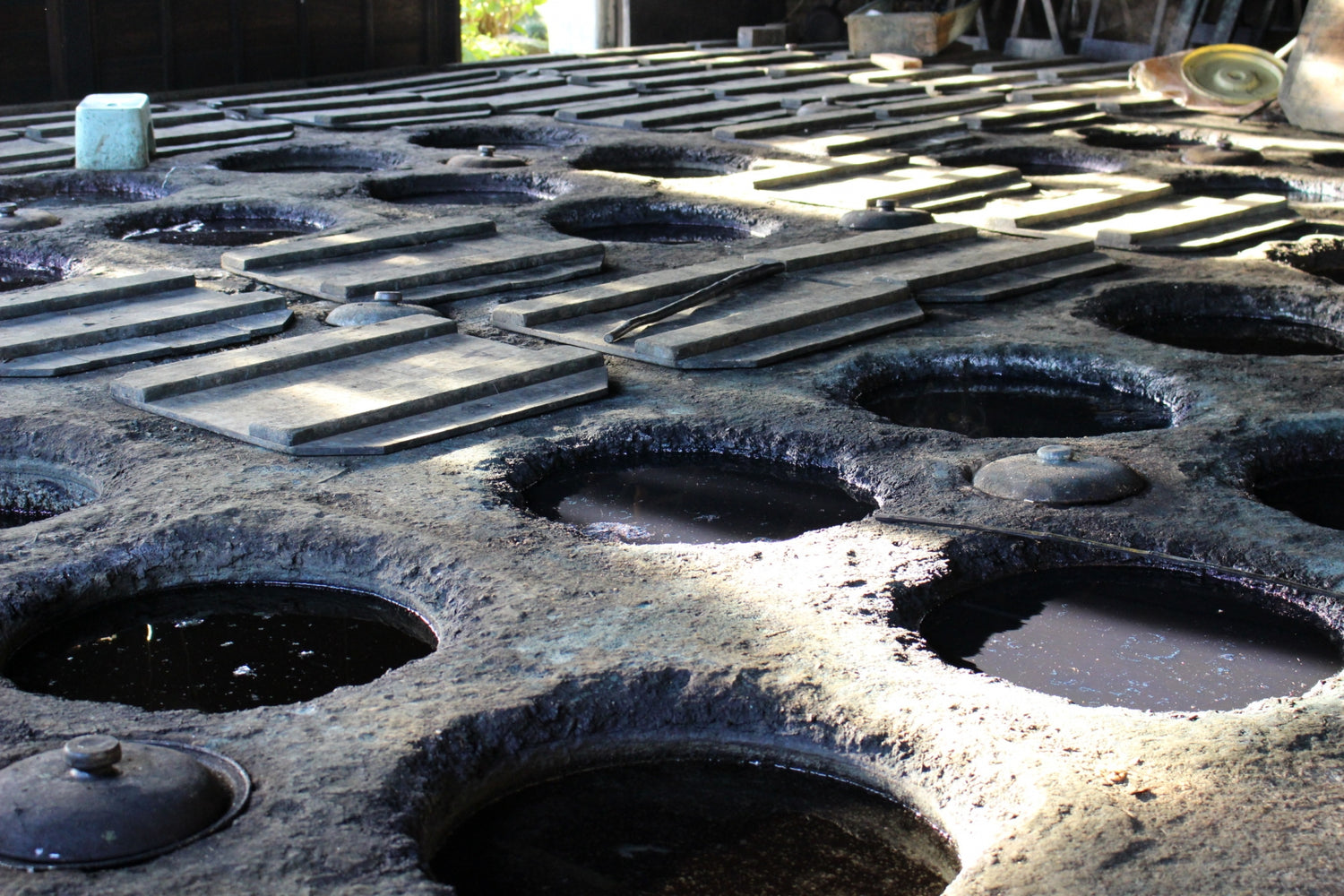
However, as time passed, the industry faced problems such as the influx of cheap foreign products, the aging of craftsmen, and a lack of successors.
There were once hundreds of related companies, but now there are only a few...
If things continue as they are, Fukuyama's proud indigo culture may disappear.
This sense of crisis is spreading locally.
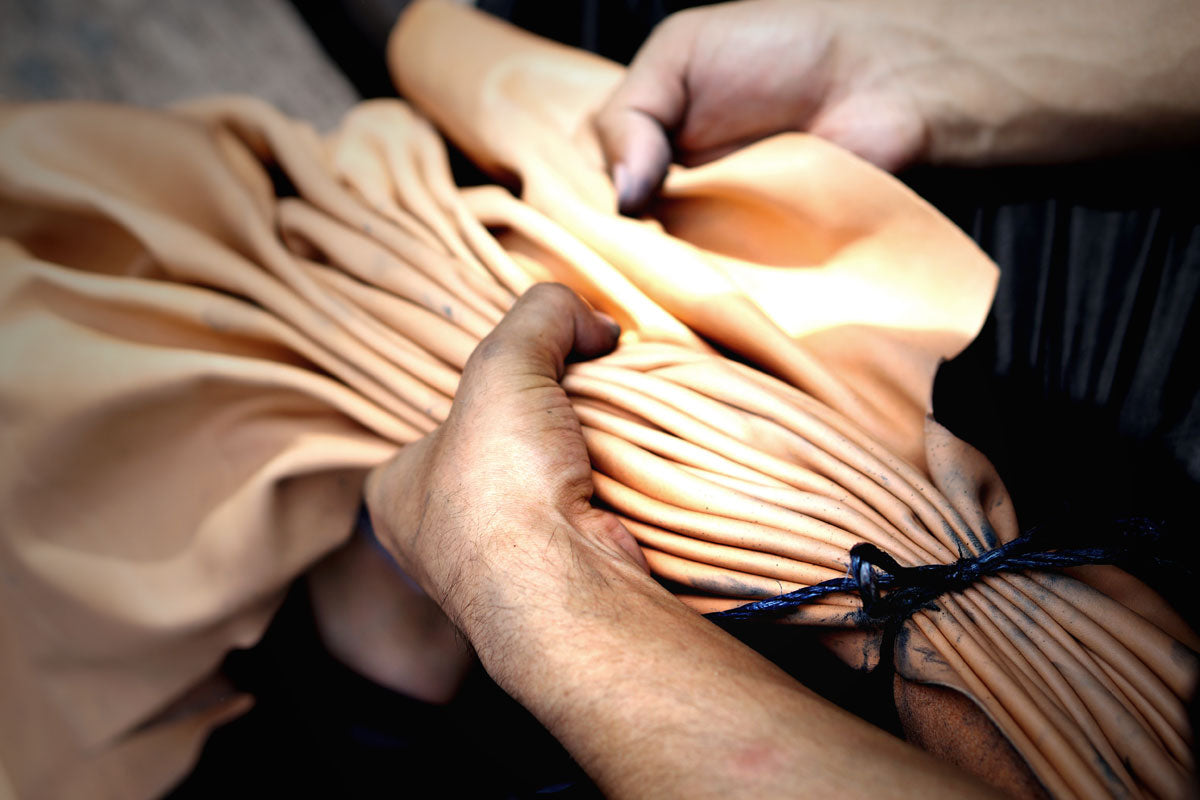
We took on a new challenge by combining the natural indigo that Fukuyama is proud of with the skills of leather craftsmen.
That is "Fukuyama Leather."

- Made with natural indigo
- Each piece is hand-dyed by a craftsman
- Intentionally leaving uneven color to create a unique look
Mass production is not possible.
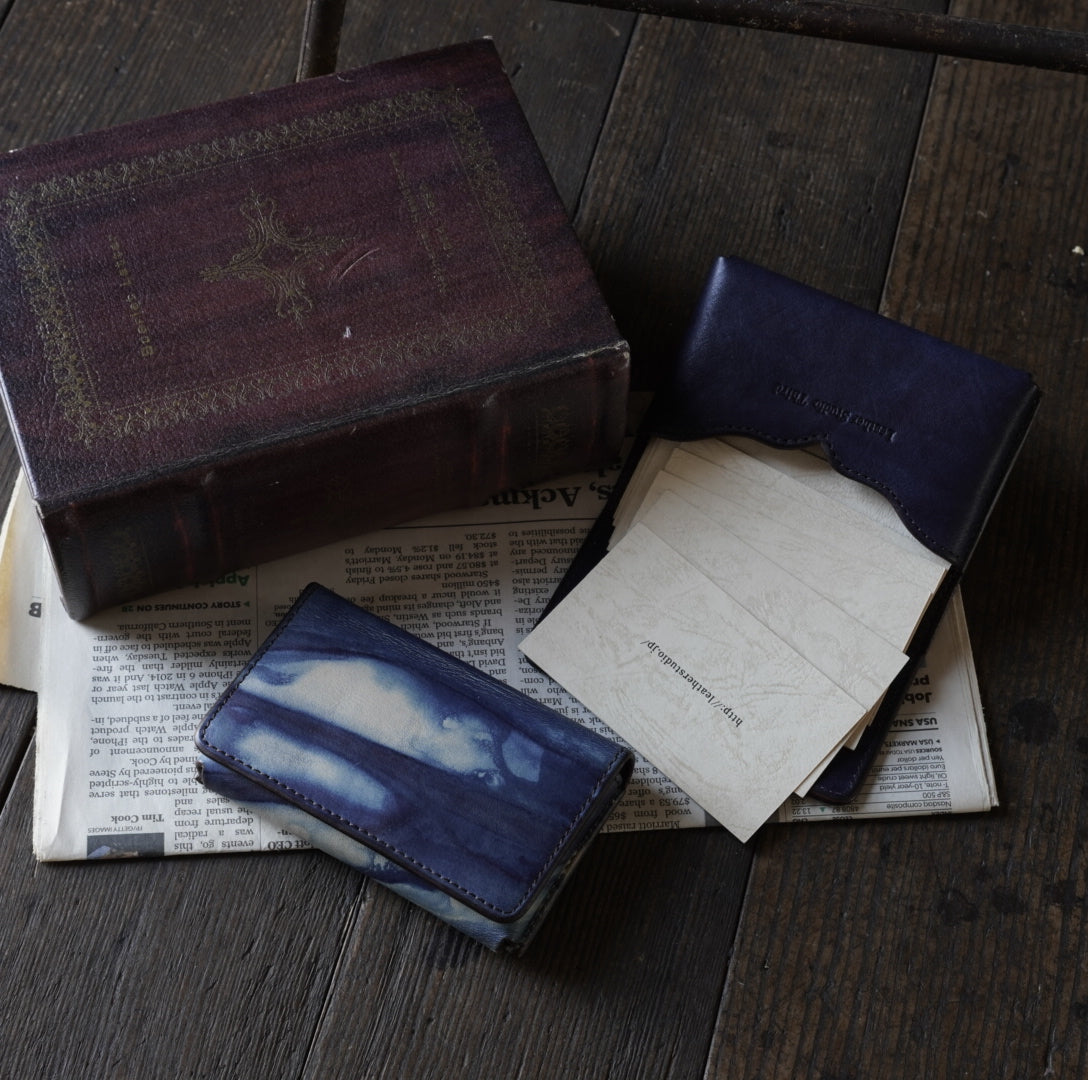
However, this is precisely why "one-of-a-kind leather" is born.
Isn't this a "special value" that is needed especially in an age of material abundance?